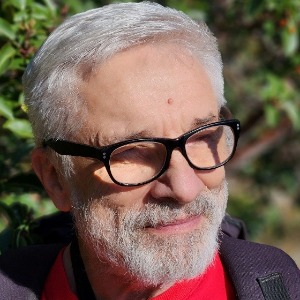Title : Green algae Cladophora in the Crimean hypersaline waters as an ecosystem engineer and valuable resource
Abstract:
Hypersaline waters are among the most extreme habitats on Earth. To exist in such harsh environment organisms must develop different adaptations including biochemical. Due to this they have unique components in biomass. Cladophora spp. may reach high biomass and play a very important functional role in productivity and nutrient cycling in the hypersaline water bodies worldwide. In the numerous Crimean hypersaline lakes and lagoons, floating and bottom Cladophora mats occupies large areas, and its biomass reaches up to 2-3 kg m-2. These mats influence on regimes of salinity, temperature, oxygen, pH, and other factors in the water bodies, as well as create habitats for different organisms (bacteria, microalgae, animals), which reach highest abundance in the mats. Composition of Cladophora biomass was studied. Average composition: dry weight - 33%, organic matter in dry mass - 61%, protein - 69 g kg dry mass-1, carotenoids 367 μg / g dry mass-1, chlorophyll “a” - 523 μg / g dry mass-1, chlorophyll “b” - 245 μg / g dry mass-1, phaeopigments - 127 μg / g dry mass-1, total carbohydrate -142 mg / g dry mass-1, including ethanol-soluble - 12.3 mg / g dry mass-1, water-soluble - 21.3 mg / g dry mass-1, acid soluble - 95.4 mg / g dry mass-1, and alkaline soluble - 12.5 4 mg / g dry mass-1. Content of essential polyunsaturated fatty acids is high. A an example, in Cladophora biomass, a relatively high content of eicosapentaenoic acid (EPA; 20:5n−3) (4.14 mg g−1 C), whereas other green algae Ulva. intestinalis had a lower value (0.45 mg g−1 C). All available data suggest that Cladophora have high productivity, and its biomass may be a valuable resource for different industries, agri-aquaculture, medicine, etc.
This study was supported by the Russian Science Foundation (grant 18-16-00001).
Take Away Notes:
• It provides new information, gives new data and ideas on a biotechnological and agri-aquacultural use of green algae Cladophora.


